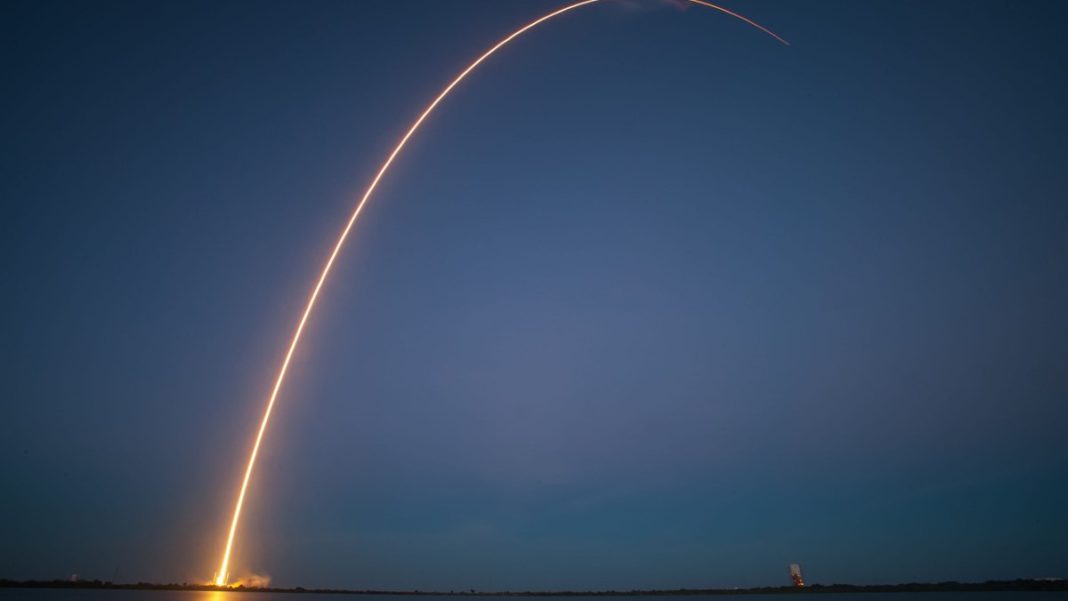CHINA: Galactic Energy, a Chinese launch company, experienced its inaugural mission failure on Thursday (Sept. 21), resulting in the unfortunate loss of a valuable commercial remote-sensing satellite.
The ill-fated launch took place at 12:59 a.m. EDT (0459 GMT) from the Jiuquan Satellite Launch Center. The Ceres-1 rocket was entrusted with carrying the Jilin-1 Gaofen-04B satellite, a critical component for the remote-sensing endeavours of Changguang Satellite Technology. However, the mission took a dire turn when the satellite failed to reach its intended orbit.
Galactic Energy promptly addressed the issue, stating, “The rocket flew abnormally and the launch mission failed. The specific reasons are being further analyzed and investigated,” in a post on the Chinese social network WeChat.
The Ceres-1 rocket, standing at approximately 62 feet (19 meters) tall, is a four-stage vehicle with the capacity to transport 880 pounds (400 kilograms) to low Earth orbit (LEO).
Before this incident, the Ceres-1 had completed nine successful flights since its debut in November 2020. This setback marks China’s first mission failure of the year, following an impressive streak of 43 consecutive successful launches in 2023.
Interestingly, it also represents the second failure within just two days for small-satellite launchers, with California-based Rocket Lab’s Electron vehicle encountering an anomaly on Tuesday (Sept. 19), leading to the loss of one of Capella Space’s radar Earth-observation satellites.
Despite this setback, Galactic Energy is pressing forward with ambitious plans. In addition to the Ceres-1, Galactic Energy is actively developing the Pallas-1, a larger rocket with the capacity to deliver approximately 11,000 pounds (5,000 kg) of payload to LEO.
The inaugural flight of the Pallas-1 is scheduled for next year, with future iterations aiming for reusability, akin to SpaceX’s Falcon 9 rocket, projected for a 2025 launch.
Also Read: Homecoming of a Space Explorer: UAE Astronaut Sultan Al Neyadi’s Heroic Welcome



